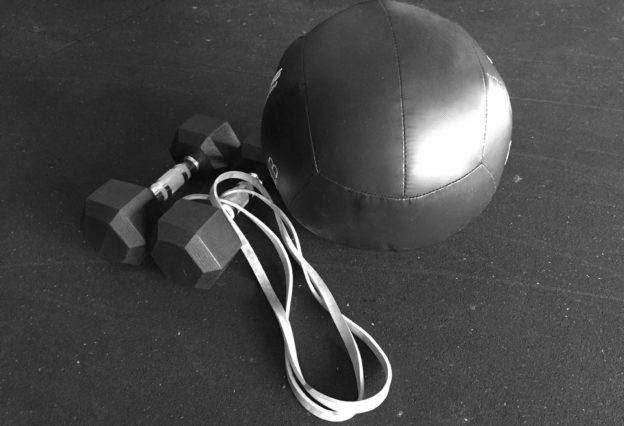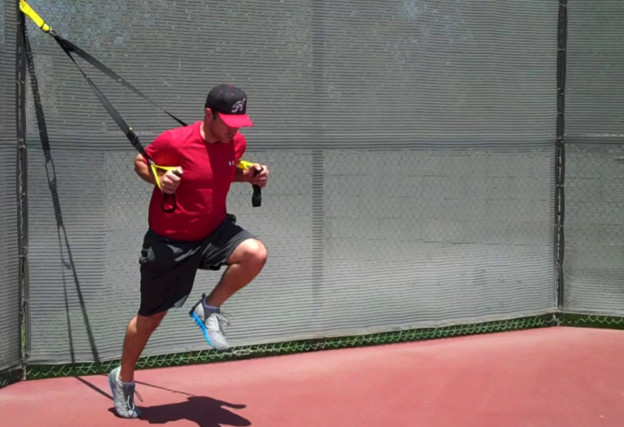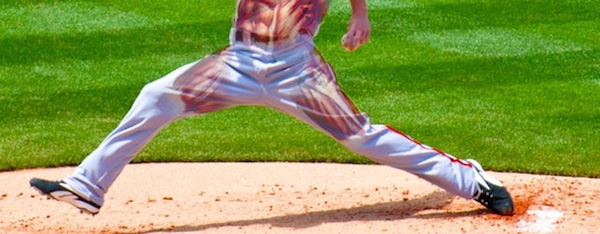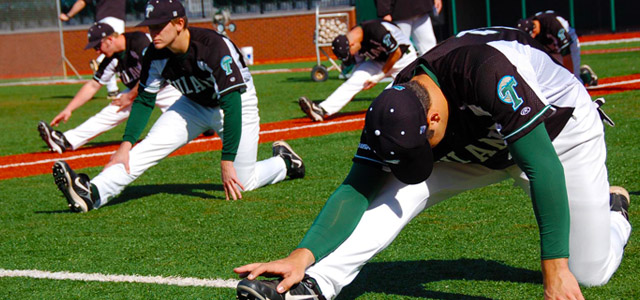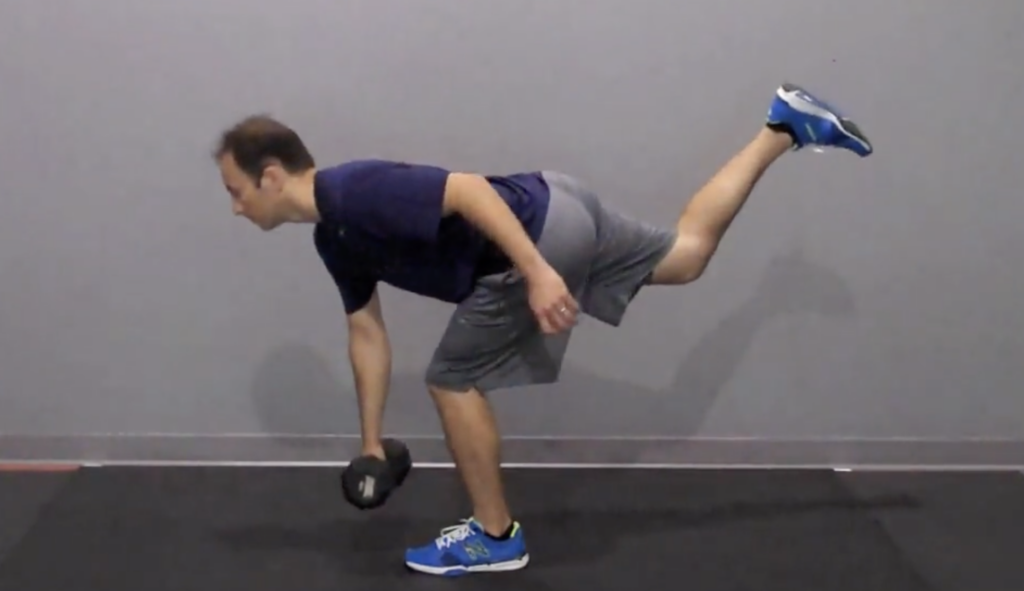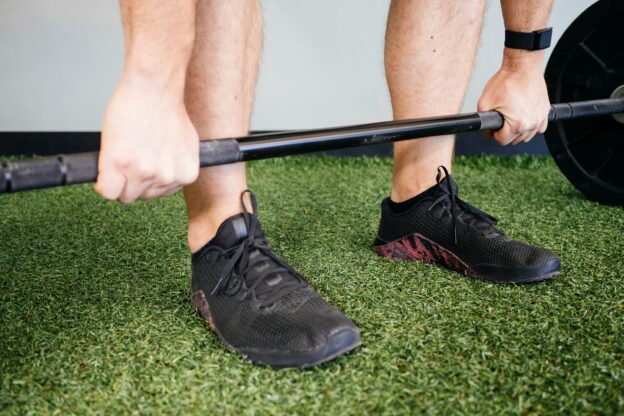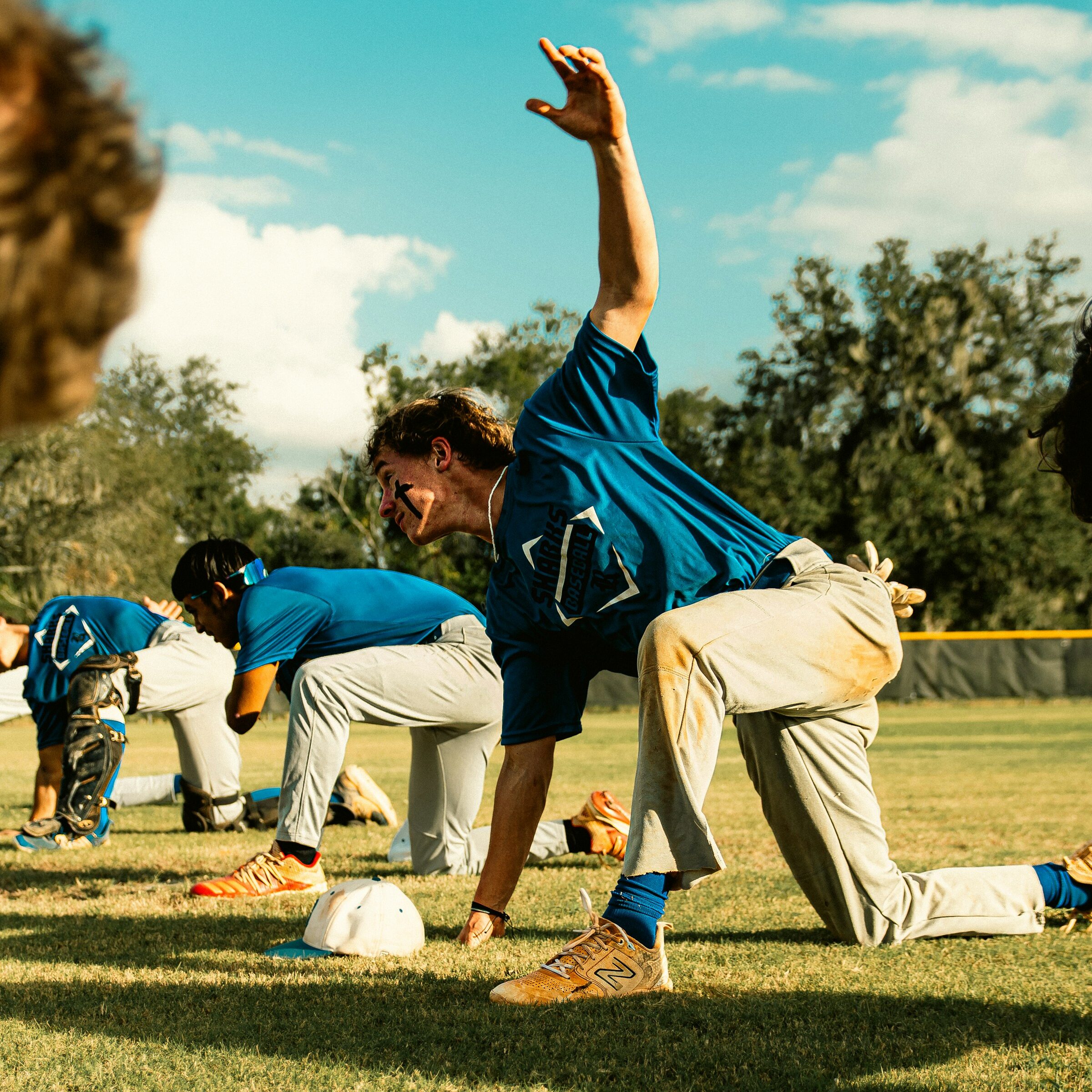If you’re the parent of a young baseball player who is eager to get stronger and faster, you’re already ahead of the game. Strength and conditioning are key components of a young athlete’s development, and having the right at-home equipment can provide the tools necessary to improve performance while reducing injury risk. You don’t have to look far in today’s world of high performance athletics to see how the right training approach can elevate an athlete’s game.
So, let’s break down the top three pieces of equipment that every young baseball player should have for their at-home training. These recommendations are based on functionality, versatility, and their ability to develop the key physical attributes that translate to success on the field. We’ll also highlight specific equipment from Rogue Fitness, a brand known for high-quality, durable strength training gear.
1. Dumbbells: The Cornerstone of Strength Training
Why Dumbbells?
Dumbbells are one of the most versatile tools for strength development. Unlike barbells, they allow for a greater range of motion and require more stability, which enhances coordination and muscle activation. For baseball players, dumbbells can be used to improve:
- Lower-body strength (squats, lunges, step-ups)
- Upper-body strength (presses, rows, shoulder stability exercises)
- Core strength and rotational power (Russian twists, wood chops, farmer carries)
Key Benefits for Baseball Players
Baseball is a sport of rotational power, speed, and stability. Dumbbells allow players to train unilaterally (one side at a time), which is crucial for fixing muscular imbalances. They also help build grip strength, which directly translates to better bat control and throwing mechanics.
Recommended Equipment from Rogue Fitness
For young athletes, adjustable dumbbells are a great option because they allow for gradual progression without needing multiple sets of weights. The Rogue Loadable Dumbbells are a fantastic investment. They use the same high-quality knurling and durability as Rogue’s Olympic barbells but in a compact design. Players can start with lighter plates and add weight as they grow stronger.
For those who prefer a more traditional adjustable dumbbell, the PowerBlock Pro Dumbbells, available through Rogue, provide a space-saving solution with easy weight adjustments.
2. Resistance Bands: Mobility, Strength, and Injury Prevention
Why Resistance Bands?
Resistance bands are often overlooked, but they are one of the most effective tools for baseball players. They provide constant tension throughout movements, helping to develop strength while keeping the joints safe. Unlike free weights, bands create a variable resistance that mimics the dynamic movements seen in baseball.
Key Benefits for Baseball Players
- Shoulder Stability: Bands are excellent for rotator cuff exercises and scapular strengthening, both of which are crucial for injury prevention.
- Explosiveness: Resistance bands are great for explosive movements like resisted sprints and rotational swings.
- Flexibility and Mobility: Stretching with bands improves range of motion and keeps muscles primed for performance.
Recommended Equipment from Rogue Fitness
The Rogue Monster Bands come in various resistance levels, making them ideal for a wide range of exercises. A set of light, medium, and heavy bands allows for progressive resistance training. These bands are excellent for:
- Shoulder prehab (external/internal rotations, band pull-aparts)
- Speed drills (band-resisted sprints, lateral shuffles)
- Strength exercises (assisted pull-ups, banded squats)
For an all-in-one package, consider the Rogue Shorty Monster Bands, which offer the same durability in a more compact size—perfect for home use.
3. Plyometric Box: Building Explosiveness and Athleticism
Why a Plyo Box?
Explosiveness is one of the most critical athletic traits for a baseball player. Whether it’s sprinting to first base, reacting quickly in the field, or generating power through the swing, a strong lower body is essential. Plyometric training—jumping exercises that improve speed and power—is a proven way to develop fast-twitch muscle fibers.
Key Benefits for Baseball Players
- Enhanced Lower-Body Power: Box jumps, lateral hops, and depth jumps improve explosiveness for running and throwing.
- Improved Coordination and Agility: Single-leg jumps and step-ups challenge balance and control, key for fielding and baserunning.
- Low-Impact Strength Training: Compared to heavy squatting, plyometrics train power with lower joint stress, making them safer for young athletes.
Recommended Equipment from Rogue Fitness
The Rogue Foam Games Box is an excellent choice for at-home use. This foam plyo box has a soft landing surface and offers three height options (20”, 24”, and 30”) by simply flipping the box, making it a versatile investment as your athlete progresses.
Putting It All Together: A Sample Weekly Routine
Here’s how to incorporate these three tools into an effective strength and conditioning routine:
Day 1: Strength & Power Focus
- Dumbbell Goblet Squat – 3×10
- Dumbbell Romanian Deadlifts – 3×10
- Resistance Band Pull-Aparts – 3×15
- Plyo Box Jumps – 4×5
- Core: Dumbbell Russian Twists – 3×15
Day 2: Speed & Agility Focus
- Band-Resisted Lateral Shuffle – 3×10 yards
- Plyo Lateral Hops – 3×8 each side
- Single-Leg Step-Ups (Dumbbells) – 3×10 each leg
- Resistance Band Sprints – 4×10 yards
Day 3: Upper Body & Rotational Power
- Dumbbell Shoulder Press – 3×10
- Resistance Band External Rotations – 3×15 each arm
- Dumbbell Bent-Over Rows – 3×10
- Med Ball Rotational Throws (if available) – 3×8 each side
- Core: Band-Resisted Wood Chops – 3×12 each side
Final Thoughts
If your young athlete is serious about taking their baseball performance to the next level, investing in high-quality training equipment is a great step. Adjustable dumbbells, resistance bands, and a plyometric box provide everything they need to begin developing strength, speed, and coordination—all from the comfort of home.
Rogue Fitness offers some of the best equipment on the market, ensuring durability and longevity. Whether your young athlete is just starting or already showing serious potential, these tools will set them up for success on the field.
Train smart, stay consistent, and watch the gains translate to better performance when it matters most!

